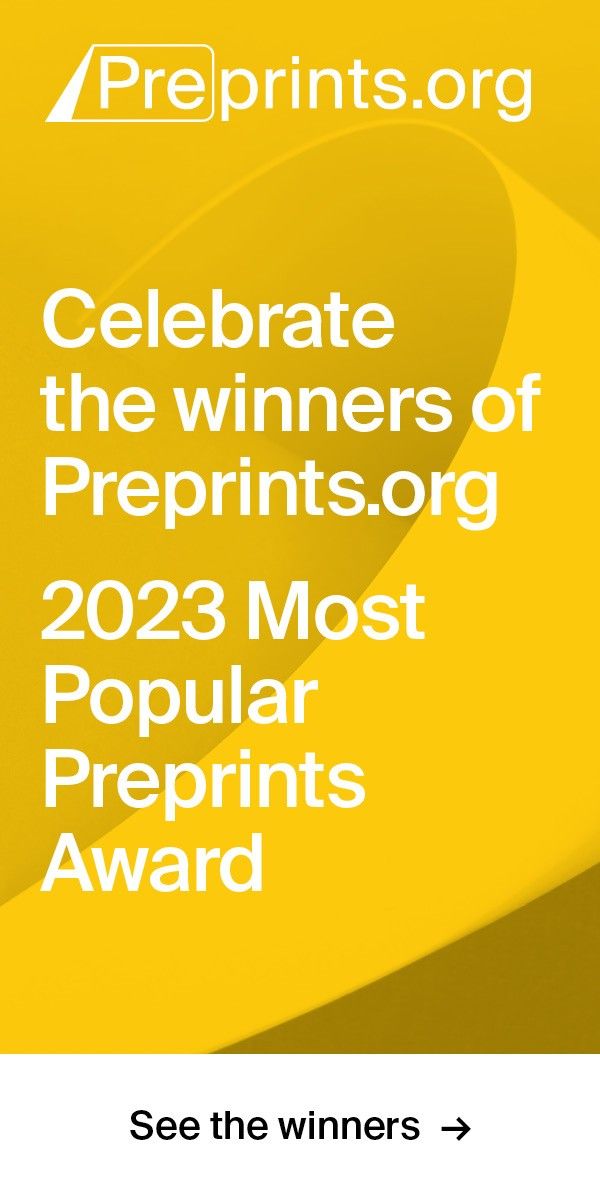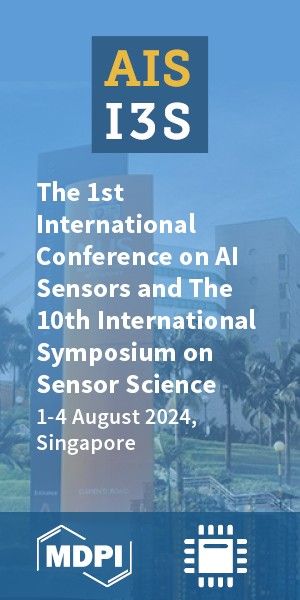Article
Version 1
Preserved in Portico This version is not peer-reviewed
Neural Assemblies as Precursors for Brain Function
Version 1
: Received: 12 October 2022 / Approved: 13 October 2022 / Online: 13 October 2022 (05:50:35 CEST)
Version 2 : Received: 17 October 2022 / Approved: 18 October 2022 / Online: 18 October 2022 (02:37:36 CEST)
Version 3 : Received: 3 November 2022 / Approved: 4 November 2022 / Online: 4 November 2022 (09:43:59 CET)
Version 2 : Received: 17 October 2022 / Approved: 18 October 2022 / Online: 18 October 2022 (02:37:36 CEST)
Version 3 : Received: 3 November 2022 / Approved: 4 November 2022 / Online: 4 November 2022 (09:43:59 CET)
A peer-reviewed article of this Preprint also exists.
Greer, K. Neural Assemblies as Precursors for Brain Function. NeuroSci 2022, 3, 645–655. https://doi.org/10.3390/neurosci3040046 Greer, K. Neural Assemblies as Precursors for Brain Function. NeuroSci 2022, 3, 645–655. https://doi.org/10.3390/neurosci3040046
Abstract
This paper describes some neural representations that may be helpful for realising intelligence in the human brain. The ideas come from the author's own cognitive model, where a number of algorithms have been developed over time. Through developing and trying to implement the architecture, ideas like separating the data from the function have become architecturally appropriate and there have been several opportunities to make the system more orthogonal. Similarly for the human brain, neural structures may work in-sync with the neural functions, or may be slightly separate from them. Each section discusses one of the neural assemblies with a potential functional result, that cover ideas such as timing or scheduling, inherent intelligence and neural binding. Another aspect of self-representation or expression is interesting and may help the brain to realise higher-level functionality based on these lower-level processes.
Keywords
neural; brain; structure; function; process; cell expression
Subject
Biology and Life Sciences, Biophysics
Copyright: This is an open access article distributed under the Creative Commons Attribution License which permits unrestricted use, distribution, and reproduction in any medium, provided the original work is properly cited.
Comments (0)
We encourage comments and feedback from a broad range of readers. See criteria for comments and our Diversity statement.
Leave a public commentSend a private comment to the author(s)
* All users must log in before leaving a comment








